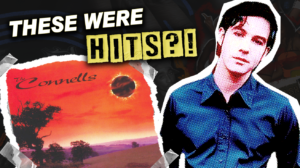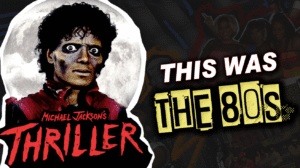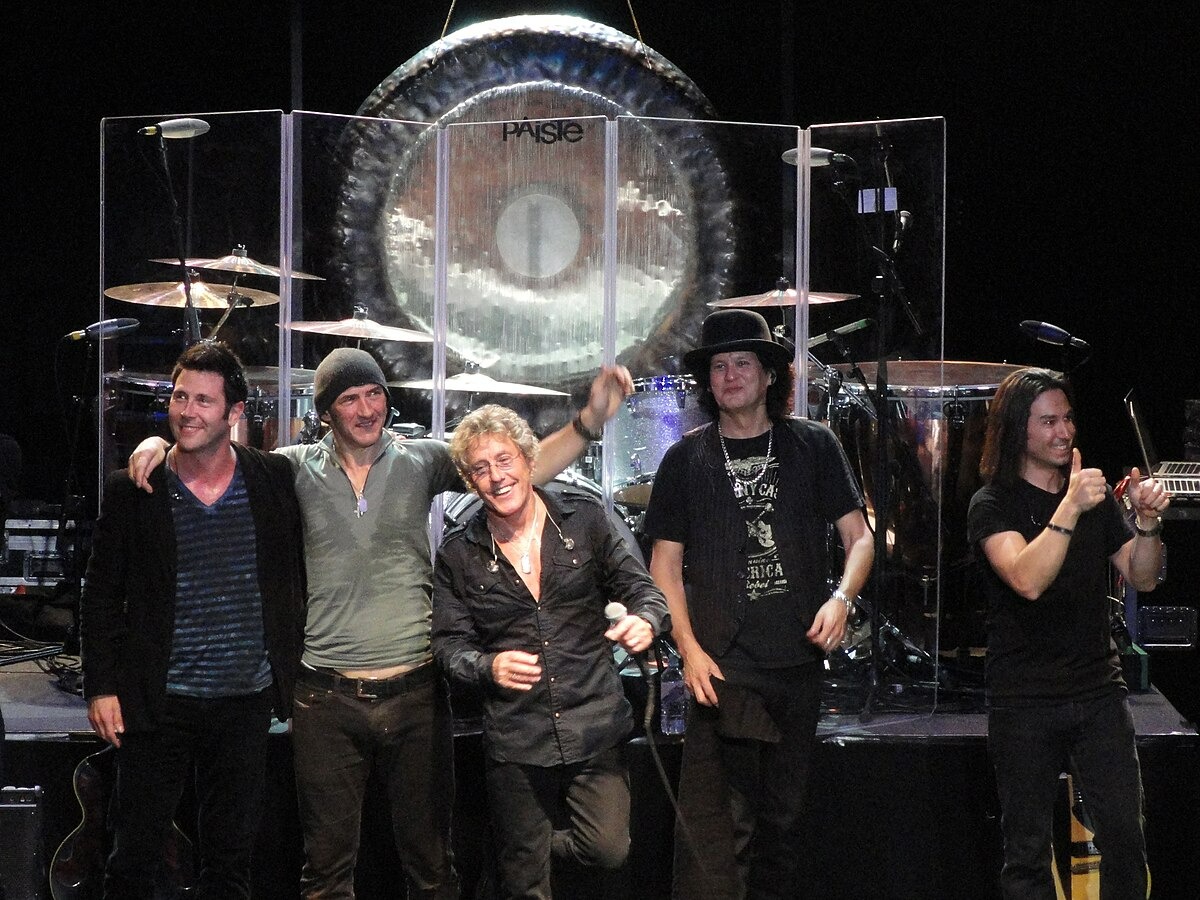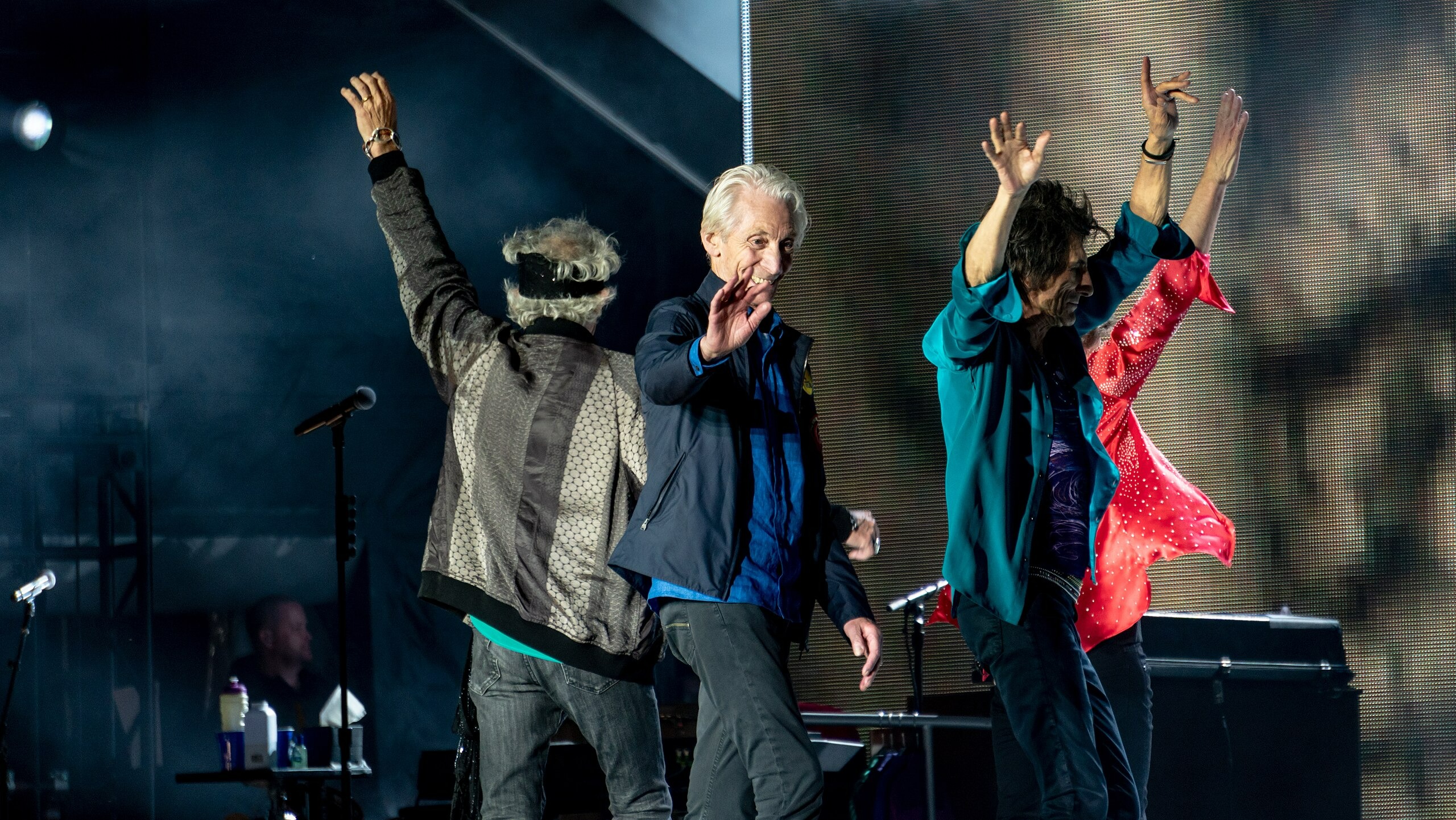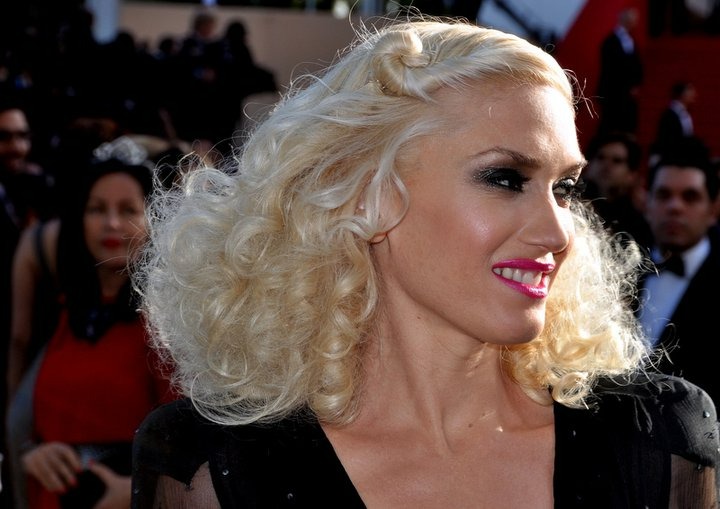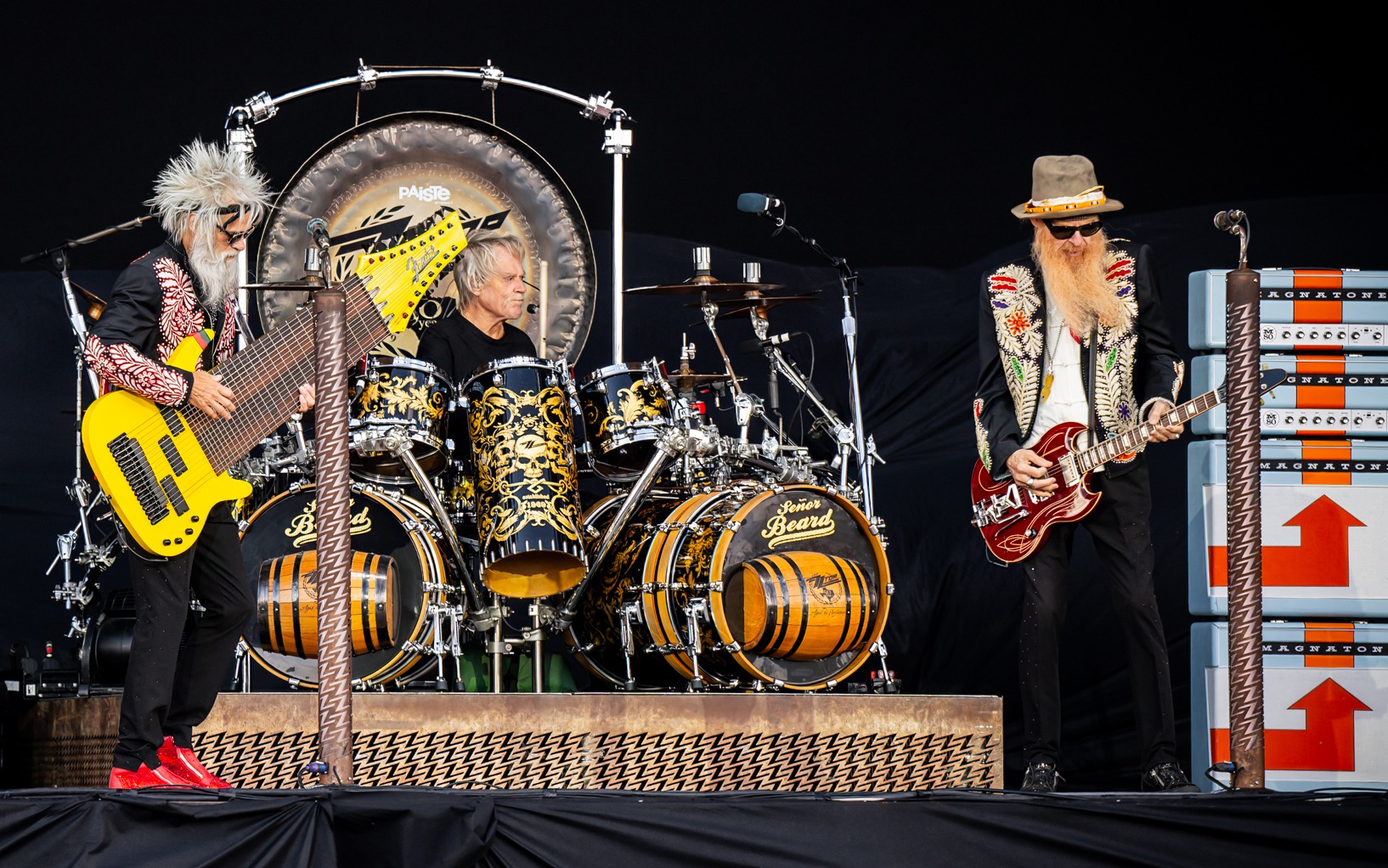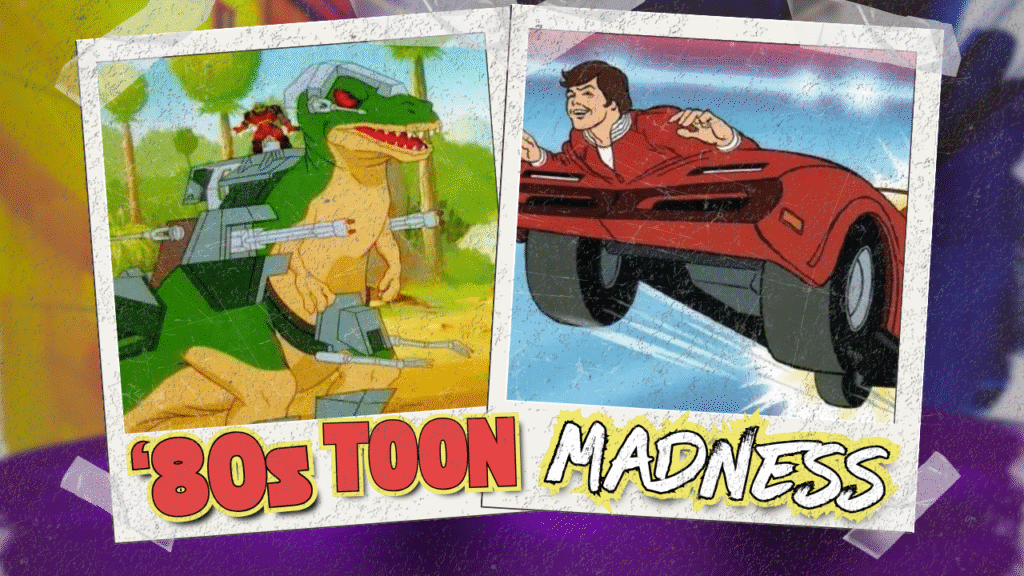
Saturday mornings in the 1980s hit different. Synth-heavy themes blasted through TV speakers. Kids clutched sugary cereal bowls, eyes glued to neon-bright screens. These shows were part of a much larger list of animated television series that shaped pop culture and Saturday mornings for a generation, much like the iconic 1980s cartoons that still spark nostalgia today. Each cartoon carried its own sonic signature. Those sounds are still lodged in your brain decades later. Ready to revisit the animated soundscape that defined childhood?
11. Turbo Teen

Some concepts sound ridiculous even by cartoon standards, and Turbo Teen‘s central premise — teenager transforms into sports car — pushed plausibility past breaking points. The series aired for 12-13 episodes in 1984, as detailed in this Turbo Teen episode guide, testing audiences’ willingness to accept increasingly bizarre transformations.
Brett Matthews‘ accident-induced ability to become a red sports car attempted to capture Knight Rider’s appeal. Superhero elements got added to the mix. The execution never matched the ambition. The result was a show too strange for mainstream success but too conventional for cult status.
10. M.A.S.K. (Mobile Armored Strike Command)
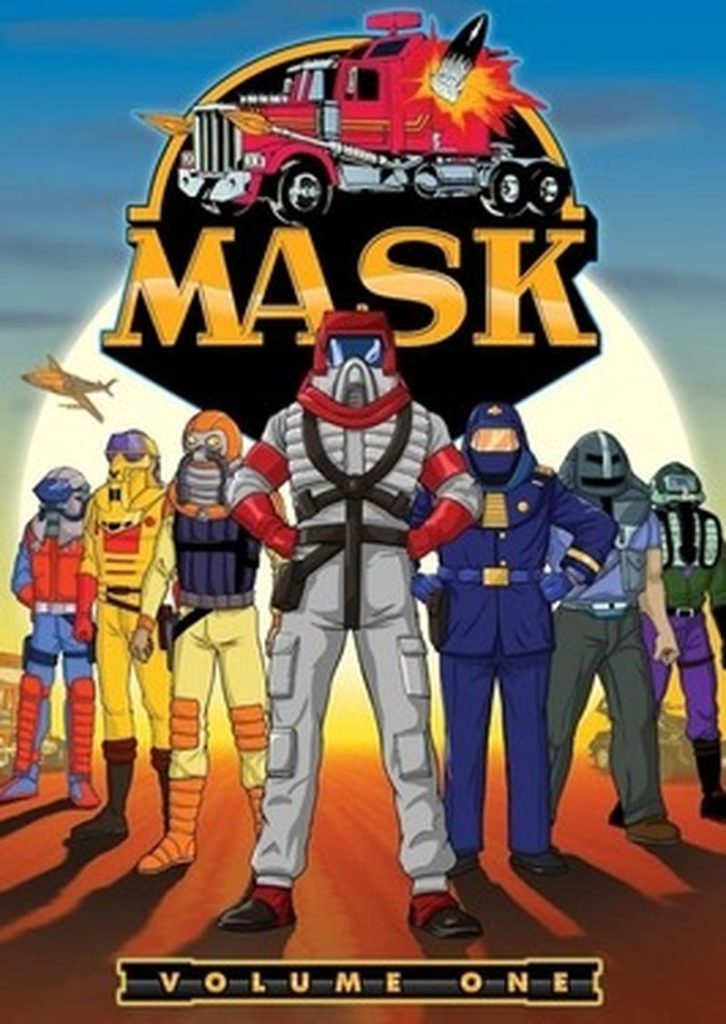
M.A.S.K. perfected the ’80s formula of combining compelling storytelling with irresistible toy marketing. The series ran for 75 episodes from 1985-1986, featuring Matt Trakker’s team battling V.E.N.O.M. with transforming vehicles and high-tech masks that delivered both narrative function and playground appeal.
Trakker’s Camaro transforming into a flying machine represented pure childhood wish fulfillment. The volcano-hidden gas station headquarters provided the perfect secret base aesthetic. The show’s theme song remains instantly recognizable, and M.A.S.K. consistently appears in lists of the best 80s cartoons ranked by critics and fans alike, highlighting its lasting impact on animation. Great opening music creates lasting emotional connections to fictional worlds.
9. Denver, the Last Dinosaur

Denver‘s theme song remains an absolute earworm — that saxophone-heavy melody perfectly captured 1988‘s optimistic spirit while telling the story of California teens befriending a magical dinosaur. The series ran for 52 episodes across two seasons, balancing adventure with genuine life lessons about friendship and cultural acceptance. Denver’s theme song remains an absolute earworm—a standout in the vibrant world of 1980 in animation where new shows and styles emerged rapidly.
Denver himself represented everything awesome about ’80s animation: colorful, magical, and completely impossible. His shell-powered time travel abilities provided educational content without feeling preachy. The show’s California setting gave it a distinctly laid-back vibe. That separated it from more intense action cartoons.
8. Inhumanoids
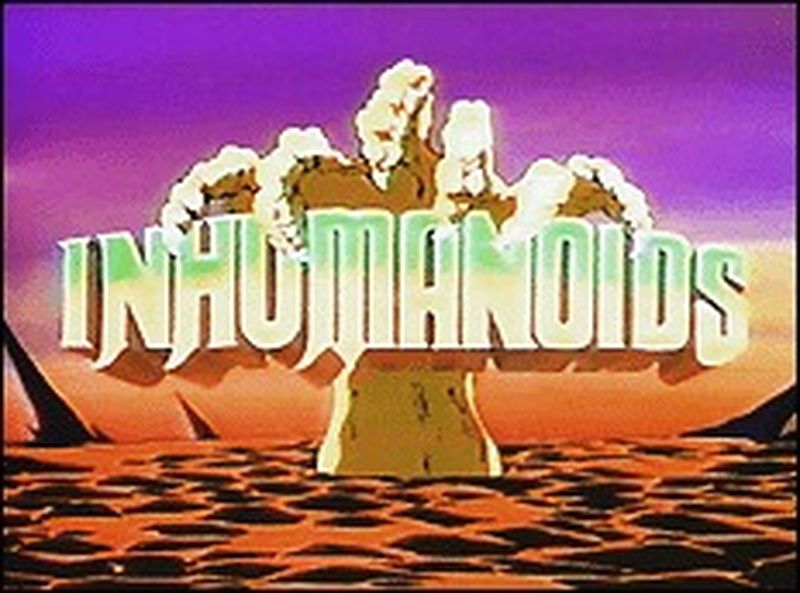
Most Saturday morning cartoons served up sanitized heroics, but Inhumanoids delivered genuine nightmare fuel with a crushing industrial soundtrack to match. Beginning in 1986, this series explored Earth’s hidden horrors with the kind of dark ambition that modern animation rarely attempts. Inhumanoids delivered genuine nightmare fuel, embracing horror elements in children’s animation rarely seen at the time.
The Earth Corps faced monsters that literally emerged from underground. Tendril, D’Compose, and other creatures belonged in horror films, not children’s television. The darkness resonated with kids craving complexity beyond typical good-versus-evil narratives. The show’s heavy metal aesthetic and genuinely unsettling imagery created something unprecedented in Saturday morning programming.
7. BraveStarr
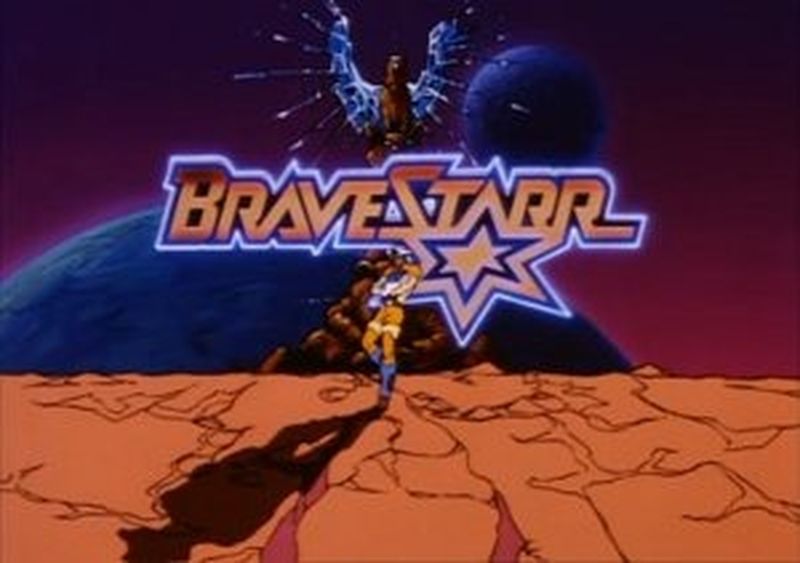
Picture Ennio Morricone scoring a Star Trek episode, and you’re halfway to understanding BraveStarr‘s unique appeal. This 1987 space western ran for 65 episodes, blending frontier justice with synthesized soundscapes that perfectly captured the show’s “Old West meets far future” aesthetic—Morricone’s influence on soundtracks set a high bar for genre-blending scores.
Marshal BraveStarr’s adventures on New Texas felt authentically Western despite the sci-fi setting. His talking cybernetic horse Thirty-Thirty provided comic relief and heavy firepower. The show’s mystical elements created storytelling opportunities. BraveStarr could channel animal spirits — something pure westerns couldn’t touch.
6. C.O.P.S. (Central Organization of Police Specialists)
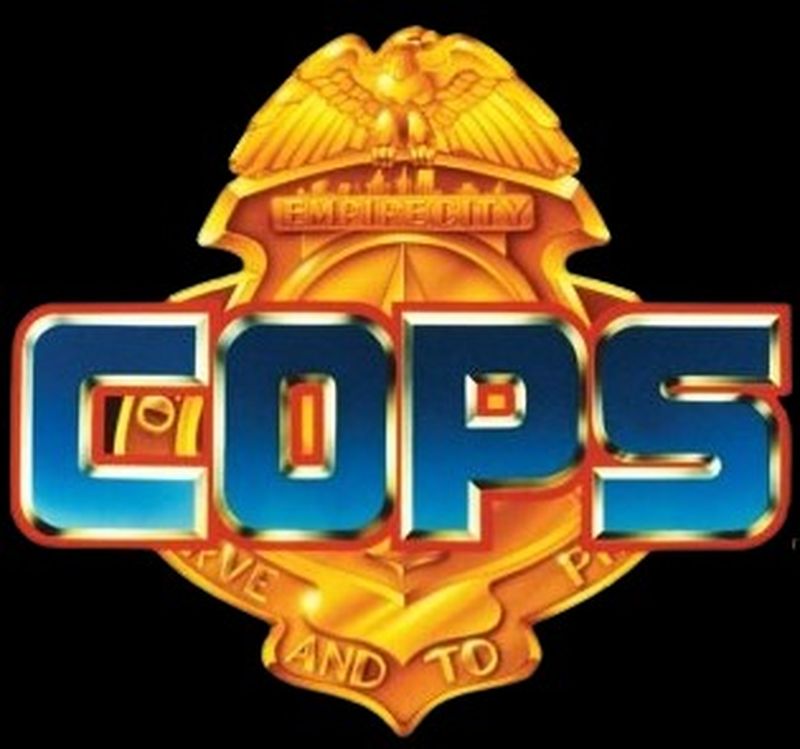
Empire City’s finest fought crime with futuristic technology and color-coded personalities across 65 episodes starting in 1988. The Central Organization of Police Specialists battled Big Boss and his crew with the kind of clear moral lines that made choosing action figures simple.
Characters like Highway and Longarm provided distinct personality types. Deep character development wasn’t the priority. The show’s later rebranding as CyberC.O.P.S. during reruns reflected changing cultural attitudes. Law enforcement in children’s entertainment became more complicated.
5. Mr. T
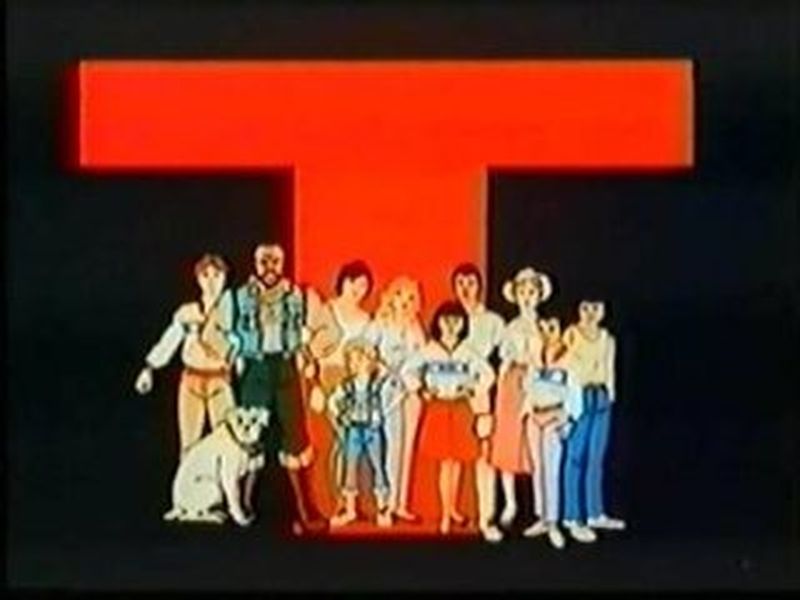
Celebrity cartoon adaptations rarely work, but Mr. T‘s 1983 animated series captured lightning in a bottle for 30 episodes. The show extended T’s cultural reach beyond The A-Team, delivering moral lessons with the same intensity he brought to throwing fools around wrestling rings. The show proved that authentic charisma translates across media formats when the message stays consistent, thanks in part to Mr. T’s cultural impact beyond television.
Each episode concluded with Mr. T addressing viewers directly. The technique felt revolutionary in children’s television. His massive cultural presence during the era seems impossible to replicate today.
4. Dino-Riders

Dino-Riders answered the question nobody knew they were asking: what if dinosaurs had laser cannons? This 1988 Marvel production ran 14 episodes of pure imagination, featuring time-displaced humans equipping prehistoric creatures with futuristic weaponry for maximum toy-selling potential. The series was part of Marvel Productions animation history that shaped the decade.
The Valorians‘ respectful approach to dinosaur partnership contrasted sharply with the Rulons‘ enslaving tactics. Clear moral lines emerged alongside spectacular action sequences. The show’s brief run limited character development. The visual spectacle of laser-equipped T-Rexes battling across prehistoric landscapes created lasting memories.
3. RoboCop: The Animated Series
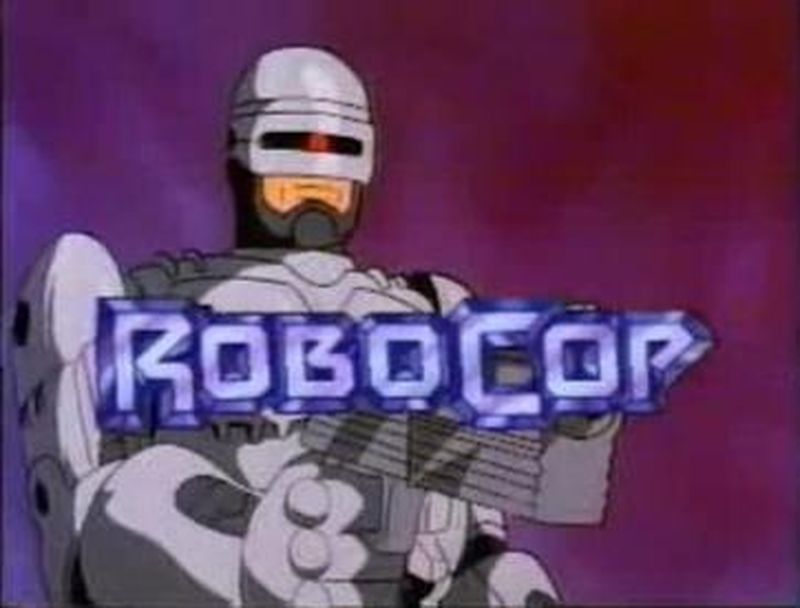
Marvel‘s 1988 attempt to sanitize RoboCop for Saturday morning television sounds like remixing Nine Inch Nails for a Disney movie. The 12-episode series stripped away the film’s industrial grit, leaving behind a hollow shell that neither kids nor adults could embrace. Marvel’s 1988 attempt to sanitize RoboCop for Saturday morning television marked a dramatic shift from the original RoboCop franchise overview, which was known for its gritty, adult themes.
RoboCop’s iconic theme music survived the transition. Everything else felt neutered. The show’s toned-down violence clashed with memories of the brutal original. No amount of colorful animation could fix that disconnect. The series remains a cautionary tale about diluting intensity for broader appeal.
2. Rambo: The Force of Freedom
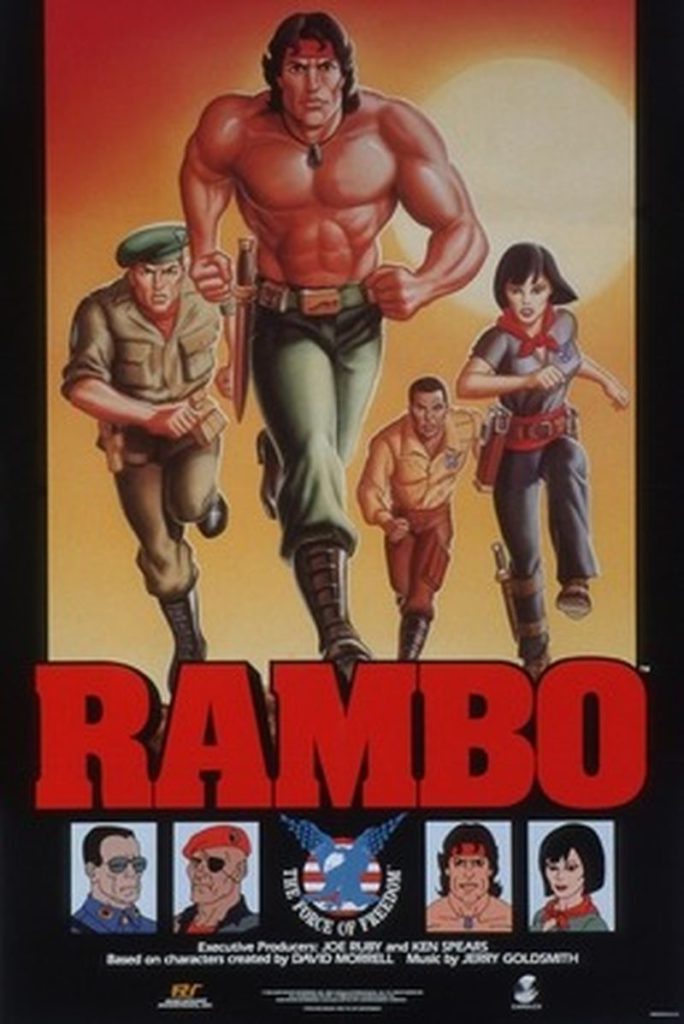
Transforming Sylvester Stallone‘s traumatized Vietnam veteran into a Saturday morning action hero required serious creative gymnastics. The 65-episode series starting in 1986 replaced psychological complexity with straightforward heroics, pitting Rambo’s team against the cartoonishly evil S.A.V.A.G.E. organization. The transformation was a bold move, considering the breadth of Sylvester Stallone’s filmography.
Rambo’s animated version fought clear villains with high-tech gadgets. No wrestling with PTSD or government betrayal here. The transformation worked better than expected. It created a symbol of unwavering courage that parents could endorse. Kids enjoyed explosive action sequences without the psychological baggage.
1. GoBots
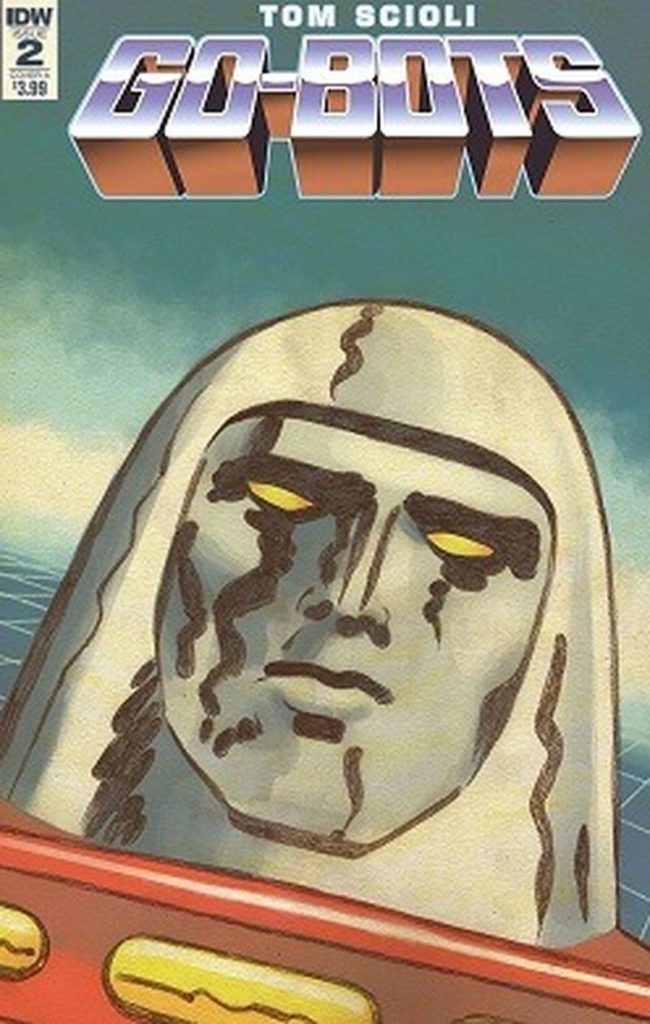
GoBots faced an impossible task — competing with Transformers in the transforming robot marketplace. The 65-episode series from 1984-1985 offered smaller-scale alternatives to Optimus Prime and company, but simplicity couldn’t overcome superior storytelling and design from their competitors. GoBots faced an impossible task—competing with Transformers in the transforming robot marketplace, as seen in the broader Animated Series of the 1980s that defined the decade’s television landscape.
The robots maintained clear good-versus-evil dynamics. No elaborate mythology or character development complicated things. The 65-episode series from 1984-1985 offered smaller-scale alternatives. Simplicity couldn’t overcome superior storytelling and design from their competitors. GoBots remain a fascinating case study in how superior marketing determines cultural longevity. If you enjoyed this look into the 1980s and their cartoons, you might also want to reminisce about what the 1990s had to offer.




